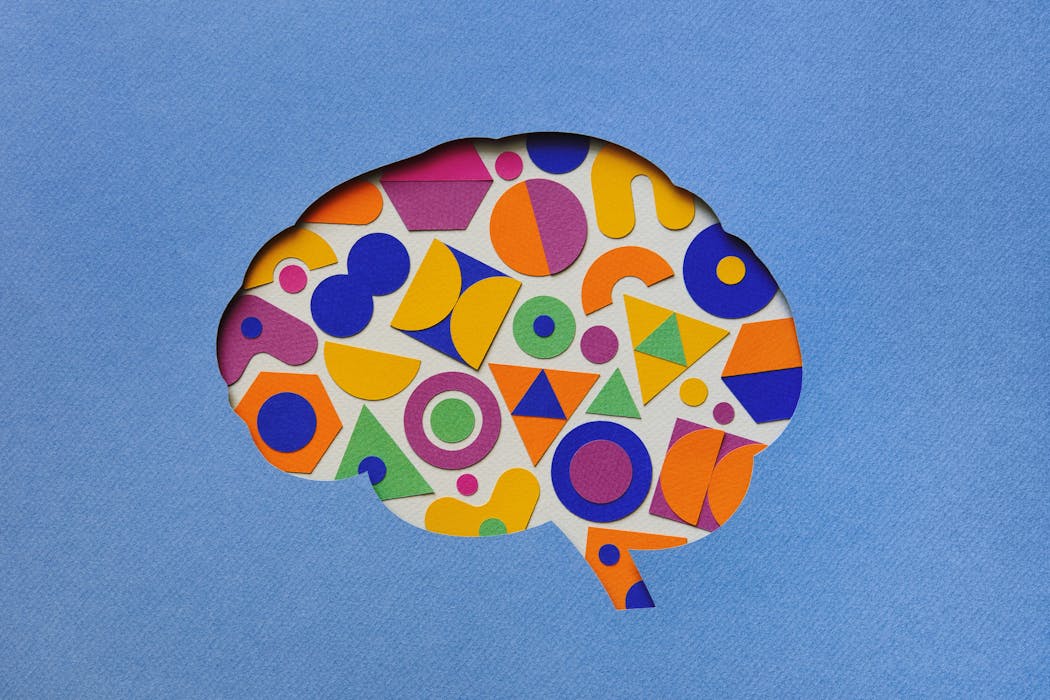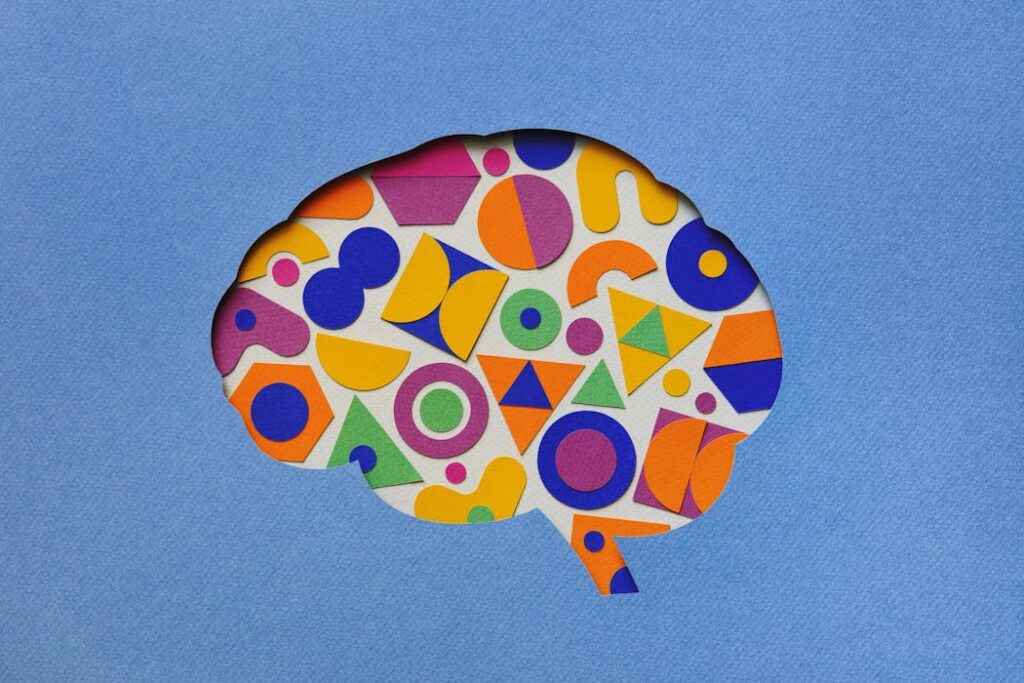
There have been at least three watershed moments in how humans access information.
One came with the invention of the printing press in 1440, which revolutionised the spread of knowledge. Another came in 1998, when the
launch of Google changed how we search for and retrieve information.
The third happened in late 2022, with the introduction of generative artificial intelligence (AI). This technology can not only answer our questions, it can help us generate new content and propose solutions to real-life problems. Generative AI teaches itself even when we are not using it.
Unlike past technological shifts, which unfolded over decades or even centuries, this one is happening in just a few years.
While parents may be hearing about AI in their work or in the news, they may not realise it is also being introduced into their child’s classrooms.
As part of our new book published this week, we outline the questions parents should be asking their schools about AI.
What’s the difference between AI and generative AI?
You’ve likely encountered AI in everyday life – when your web browser remembers your preferences, your GPS suggests a faster route, or your bank flags unusual spending. These systems analyse data and make predictions based on patterns.
Generative AI goes a step further. It doesn’t just analyse, it creates. Ask it to plan a summer barbecue, and it can generate a menu, write a shopping list, design invitations, compile a playlist, or even compose an original party song. It adapts to your needs in real time, whether you’re catering to vegans or entertaining toddlers.
Our research
In our book, The Future of Schooling in a GenAI World, we investigate what generative AI means for schools.
We sought the views of more than 350 experts via surveys, interviews and international forums. We spoke to developers inventing AI, academics and business leaders who understand the implications of it, and school leaders who are adopting it. We asked participants to tell us the implications of AI for schooling.
We found generative AI is already being used in primary and secondary schools in Australia and around the world to personalise learning. It helps teachers develop study guides on key content, tutors young people at their own pace, creates lesson plans, and varies assessments depending on the student.
As generative AI tools “remember” prior interactions, they can come back to where the student left off the day before and prompt for repetition or jump ahead – similar to a private tutor.
But with these opportunities come risks. This includes an over-reliance on technology, rather than independent thinking (called “cognitive offloading”). It is also easy for students to cheat.
The technology can also be biased and inaccurate, and can threaten our privacy. In the process, there are fears it could dehumanise education.
What should parents be asking?
In our book, we pose key questions parents should be asking themselves, their children, and their schools to ensure generative AI is being used safely to enhance learning and teaching.
What is the school’s plan for adopting AI learning tools and resources? Schools should at least have a framework in place, but in our research, we found some do not have any formal planning.
How are we already using AI in the classroom? Is it just being used by teachers or are students also using in their daily work?
How are we planning to use AI in the foreseeable future?
What is an example of how using AI could benefit my child’s learning? Could it be used to focus on a particular part of the curriculum (for example, science and technology), or to focus on an area where a child needs extra work (such as multiplication)?
How is the school safeguarding student identity and other private data?
How is the school instructing students about the pros and cons of AI and its appropriate use and potential misuse? This means students are learning how to be thoughtful, responsible users of AI.
How can AI learning tools help my child who has an identified special need?
What AI tools do you recommend we have at home to support learning? Will my child need a new laptop or special software, or will we need this at home?
You could also suggest the school hosts a workshop for parents and carers to learn how to use AI tools and to address any AI concerns.
Where is all this heading?
We don’t yet know, and the pace of the change is so fast even the experts we talked to are having difficulty staying up with the latest iterations of the tools.
But we do know schools and teachers will remain essential to our society. What will change is the kind of schools we need and the role of teachers in leading them.
For parents and our educators, the challenge is to keep the HI — our human intelligence — in front of the AI.
![]()
The authors do not work for, consult, own shares in or receive funding from any company or organisation that would benefit from this article, and have disclosed no relevant affiliations beyond their academic appointment.
More Info: Read More




